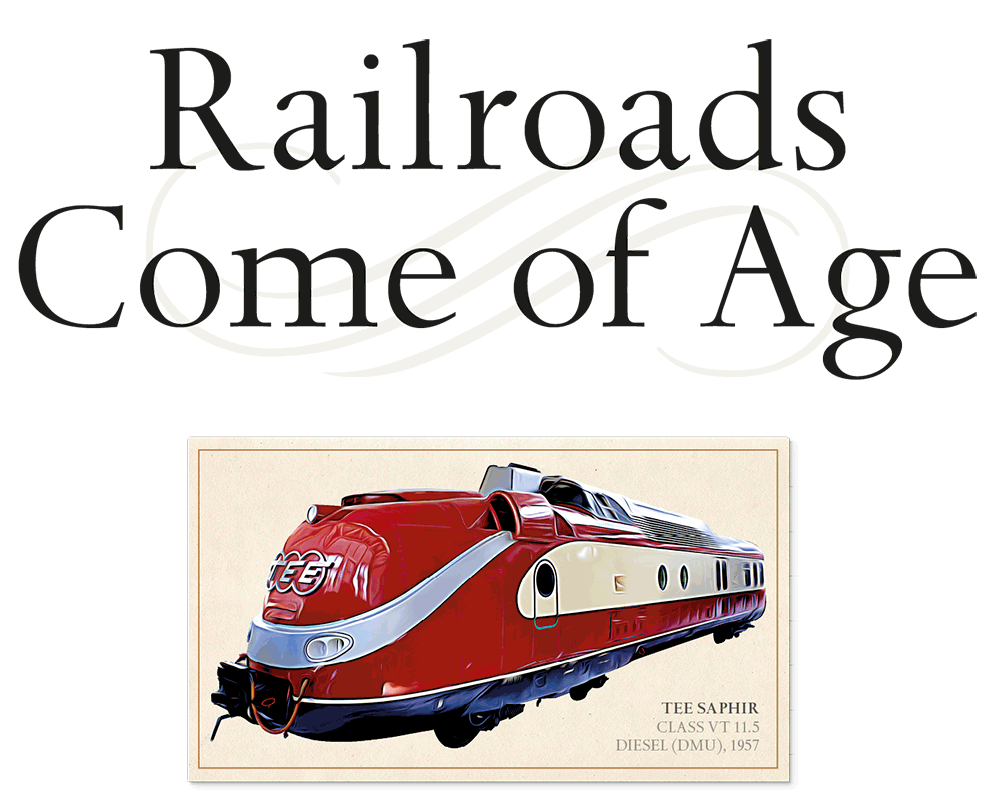

By the last quarter of the 19th century, the iron road had become so profitable that many railroad companies were using their profits to create new lines. It was an adventurous period that saw the construction of many extraordinary railroads, including the Trans-Siberian—a 5,750-mile (9,250-km) line between Moscow and Vladivostok, which remains the longest railroad in the world.
Railroad technology was now tried and tested, and promoters were driving it to its limits. In South America, several lines were built through the Andes to help exploit the region’s mineral wealth—becoming not only the highest railroad lines in the world, but also the most spectacular, cutting through mountains and running along perilous cliffs and precipices. In India, the British desire for a cooler climate in summer led to the construction of a series of narrow-gauge hill railroads that climbed slowly but surely up the steep inclines far quicker than the road traffic ever had. One of the most ambitious ideas was to run a railroad line across the whole of Africa, from Cape Town to Cairo. Cecil Rhodes, the prime minister of Cape Colony (in what is today South Africa), had hoped to link the whole continent by a railroad that traveled through only British colonies, but was stymied by difficulties with construction, lack of finance, and the unwillingness of the British government to support the plan.
It was also a time in which services were greatly improved to encourage passengers (particularly the rich) to use the trains. The most notable luxury service was the Orient Express, which crossed the whole of Europe from Paris to Constantinople (Istanbul). In the United States, competition between railroads led to the launch of rival services between New York and Chicago, offering the red carpet treatment to their passengers. And further south, in Florida, the “overseas express” to Key West—one of the most astonishing railroads ever built—was completed by Henry Flagler. It was an exciting time for planners and passengers alike.